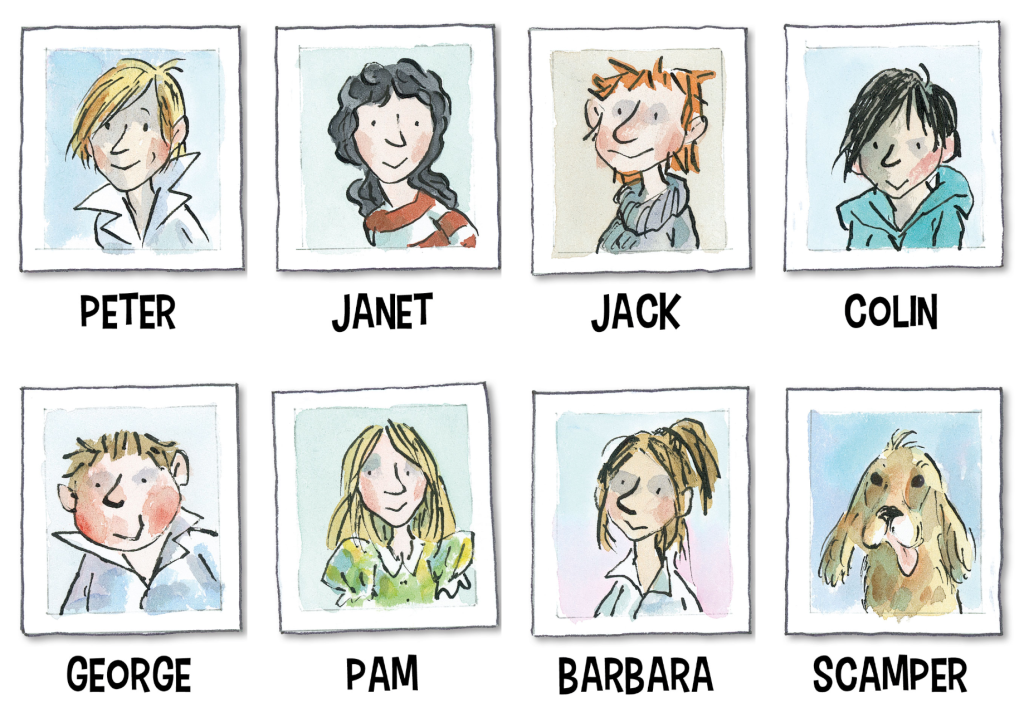Reviewing and editing the text of Enid Blyton’s books has been an ongoing process, beginning in her own lifetime and continuing now and, we anticipate, into the future. At Enid Blyton Entertainment (owners of the Enid Blyton estate and copyright, and part of Hachette UK), our intention is to keep Enid Blyton’s books and stories at the heart of every childhood, as they have been for generations. To do so, we work to ensure that there are no offensive terms in the books – changing words where the definition is unclear in context and therefore the usage is confusing, and where words have been used in an inappropriate or offensive sense – while retaining the original language as far as is possible. This enables a very wide international audience of children to enjoy the books, while also understanding that they were written and set in the past.
The Secret Seven appeared in their first full-length novel in 1949. There are fifteen novels in the series, with one a year being published up until 1963. The first four books were originally illustrated by George Brook, with books 5, 6 and 7 being illustrated by Bruno Kay and the remainder by Burgess Sharrocks.
Since 2013, we have published the full Secret Seven series in editions illustrated by Tony Ross. The texts are the original ones wherever possible, with some minor editorial amends to bring the text in line with the editorial standards above. In 2018 and 2019 we published two new novels about the Secret Seven, written by Pamela Butchart, called The Mystery of the Skull and The Mystery of the Theatre Ghost. These are also illustrated by Tony Ross.
Enid Blyton wrote six short stories about the Secret Seven, including The Secret of the Old Mill, which was first published in 1948 and tells the story of the club’s formation. All the short stories are now published as individual books in full-colour editions for young readers, illustrated by Tony Ross.
In new editions of Enid Blyton books, we do not change language for the sake of modernising it. The books’ period setting is part of their charm and is enjoyed by readers of all ages. Any historic changes previously made to new editions, which come under the category of ‘modernisation’ in this context, have been or are being restored to the original text at the point of reprint.


